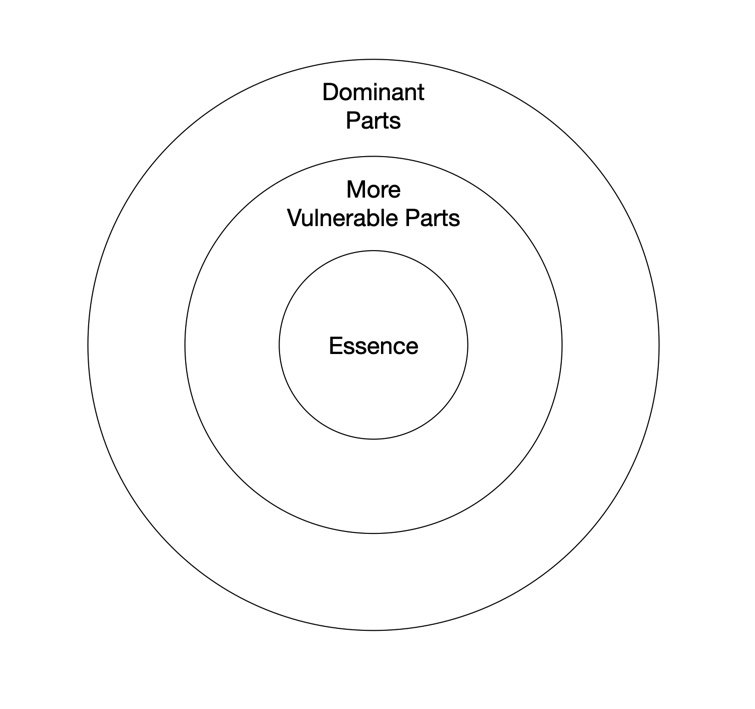According to the Merriam-Webster dictionary, a person is authentic when they are true to their own personality, spirit, or character. This is a useful starting point, as it gives us a sense of what it might look like or feel like to be true to oneself: there’s a sense of inner and outer alignment.
However, the definition also hints at the complexity inherent in being authentic. We humans are complex creatures with personality, spirit and character, and these aspects aren’t always fully aligned! Who we are being varies from day to day based on our mood, the situation we find ourselves in, the aspects of our personality that are dominant on that day, our level of confidence, and more! Add to this the fact that we are growing and evolving, and it becomes even harder to know who or what it is that we are being authentic to. Or does it?
As with most things in life, there are levels. For simplicity, let’s think about who we are in 3 ways:
1. Who we are out in the world most of the time when interacting with others, i.e. our external facing personality.
2. Who we are when alone, in the safety and comfort of our home.
3. Who we are at our core, i.e. the purest aspect of ourselves unclouded by personality aspects.
We know from the work of Carl Jung and many others that the various parts of psyche are born through wounding. These wounds don’t need to be big and traumatic, they can be small or large challenges that give rise to the creation of parts who are concerned with the physical and emotional survival of the being. As they form, they surround and protect and to some extent cover over the core essence of the being. Through self awareness and tools such as Positive Intelligence, Voice Dialogue, Internal Family Systems etc, we can get in touch with these aspects of the psyche, integrate, heal and become more whole so that our essence can shine through. It is in going through the personality that we can release and transcend the personality. But that’s an aside. Let’s return to the topic of authenticity.
Most people wanting to be more authentic are aware that something about how they are showing up and engaging in the world isn’t in alignment with who they really are. They recognise the disconnect between their dominant outer facing parts and their inner parts. That’s a strong beginning, as doing the work of reconnecting to their inner parts can also lead them further into reconnecting to their core essence. And when we do that, that’s when the true power of authenticity can come to the fore. This is when we move beyond being true to our personality and character traits to being true to our essence, while allowing our essence to be optimally expressed with personality and character in ways that are true to us and appropriate to the circumstances and situations we find ourselves in. .



